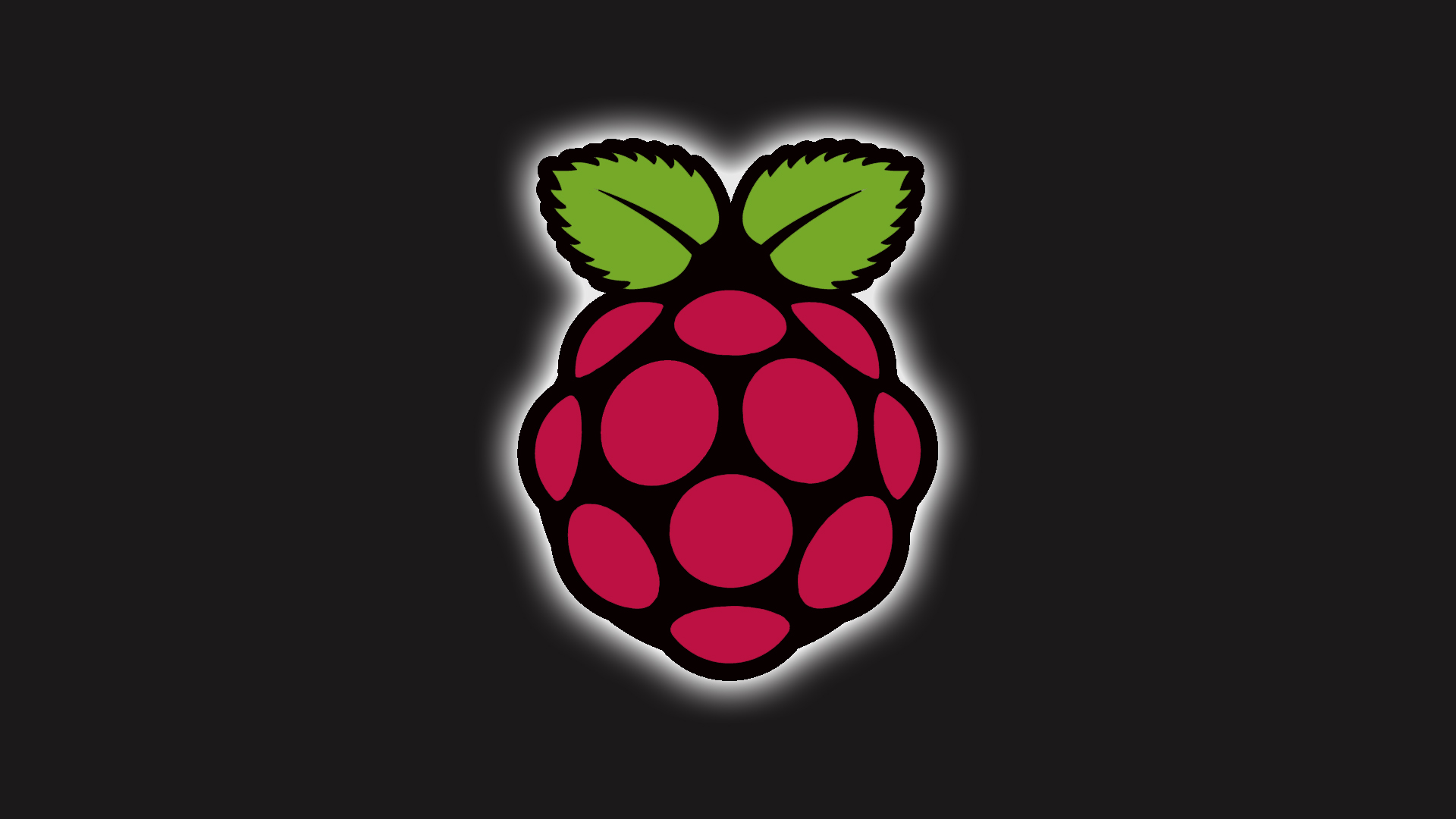Skills Knowledge Enhancement - RPi
Make the connections - Connecting the Pi to its interfaces
Running the Pi for the first time (Quick start guide). If the SD Card does not have an Operating System preinstalled, follow the instructions on the raspberrypi.org site to create your own.
If the Pi boots straight into a Graphical User Interface (GUI), you will need to open an 'LX Terminal window' and run the configuration program manually:
sudo raspi-config
As well as the configuration suggestions in the Quick Start Guide, I would also suggest that you overclock the Pi to 'moderate'.
Spend some time investigating the GUI and the programs that are already installed. Have fun! I suggest that you make notes as you go along to describe what is available.
Back to Top
Finding your way around Linux - LXTerminal or Shell
How to get to grips with the Raspberry Pi's command line interface is described by Ben Everard from Linux Format. Work your way through his notes and don't be surprised if some things don't work! This is typical of the Pi and you will have to find out how to add missing programs, update them and to configure them.
sudo apt-get install telnet
OR
sudo apt-get install putty telnet
sudo apt-get update
List of Linux commands:
Back to Top
The RPi can be operated remotely eithing using Putty, a VNC Viewer or Remote Desktop. Try them out and make some notes on their advantages and disadvantages.
The easiest, and best, way to remote in to your RPi is via the Remote Desktop that is built into Windows. The Remote Desktop provides a fully functional Linux terminal server, capable of accepting connections from rdesktop, freerdp, and Microsoft's own terminal server / remote desktop clients. You may wish to try this on campus (but it may not work) or try this on your home network (where it should work well): Setting up remote login to a Pi on a home network.
Putty allows you to access the RPi via SSH. This is a program to log into another computer over a network, to execute commands in a remote machine, and to move files from one machine to another. It provides strong authentication and secure communications over insecure channels. Instructions for doing this can be found here. It only works through a Terminal window, not a GUI.
You can remotely control a computer in the world over the internet using VNC. This tutorial shows how you can view and control the raspberry pi desktop from your computer's desktop by using 'Tightvncserver' and its corresponding viewer.
Back to Top
Install the necessary software and Enable the driver.
Work your way through the instructions on 'Getting started with Piface'
Learning to use the PiFace with task exercises and how to backup the SD card.
Back to Top
The Gertboard is an add-on GPIO expansion board for the Raspberry Pi computer. It comes with a large variety of components, including buttons, LEDs, A/D and D/A converters, a motor controller, and an Atmel AVR microcontroller. A video that explains its capabilities can be found at: https://www.raspberrypi.org/blog/gertboard-rev2-video/
A test program that demonstrates output to the LEDs, and also shows how to connect the patch leads, can be download form here.
If you have difficulty executing software through Geany, that uses GPIO output, try amending the Execution settings in Geany.
Back to Top
Once again, why reinvent the wheel!? Here is a scheme of work for KS3 that sets out to introduce programming using the Raspberry Pi. The author deliberately set out to have non-gender specific themes and has come up with some really good stuff.
http://www.raspberrypi.org/archives/tag/teaching
Everything that you need is available for free at the Sonic Pi website.
http://www.cl.cam.ac.uk/projects/raspberrypi/sonicpi/index.html
For the musicians amongst you, you might like a chart that shows what is the note for each MIDI number.
Eg. 60 is middle C which has a frequency of 261.63 Hz
Here's the table: http://www.phys.unsw.edu.au/jw/notes.html or here's another http://cote.cc/blog/logic-studio-9-midi-note-numbers
Troubleshooting:
If there's no sound from your RPi, ensure that the audio is set up to come out through the 'headphone' socket and not the HDMI:
sudo raspi-config , Advanced Options - Audio - Force 3.5mm
Back to Top
Inspiring stuff, covering a range of activities that includes case making out of card or lego, Scratch programming incorporating marshmallow switches, making shapes with Python, making flashing cushions and lots of other good stuff that can be used in the classroom too. Check out her blog at:
http://www.geekgurldiaries.co.uk/ and on youtube.
Back to Top
